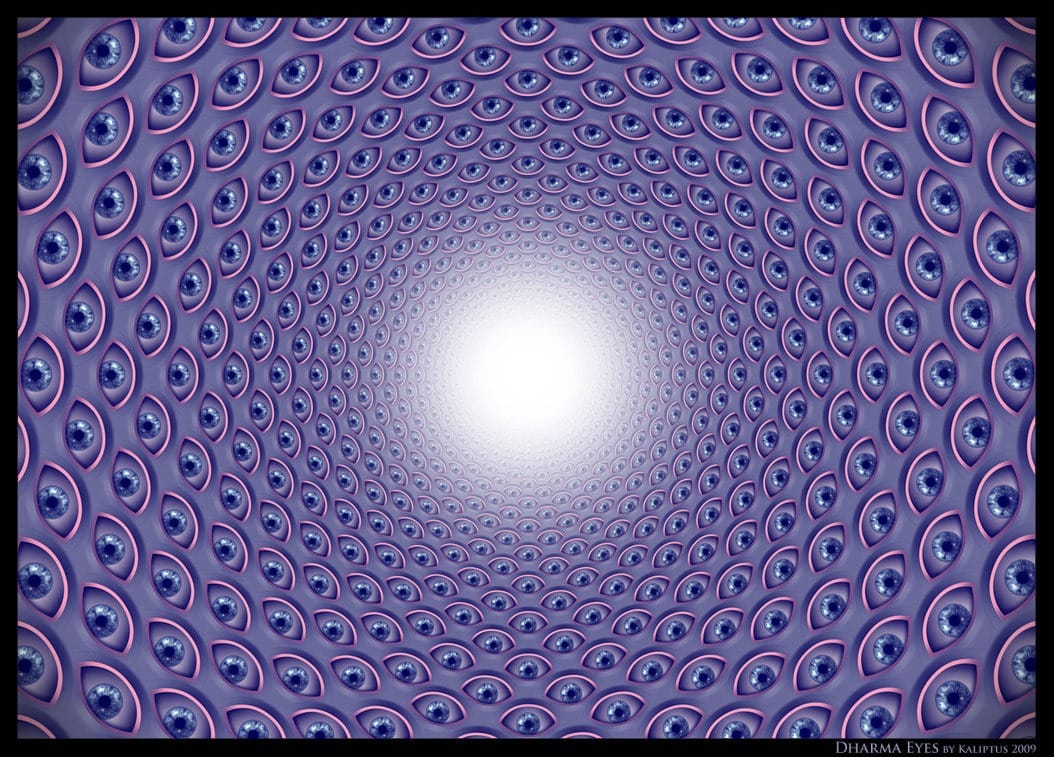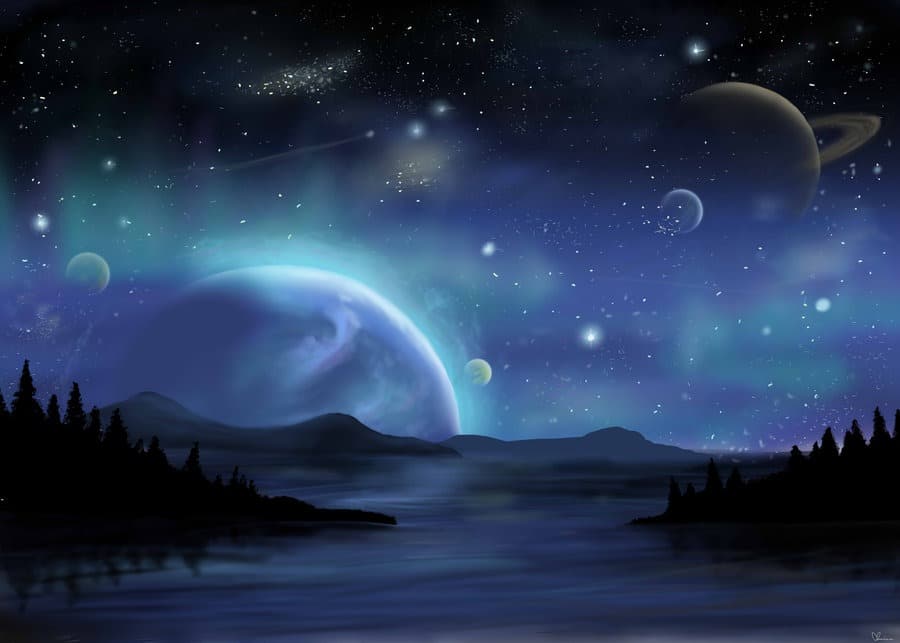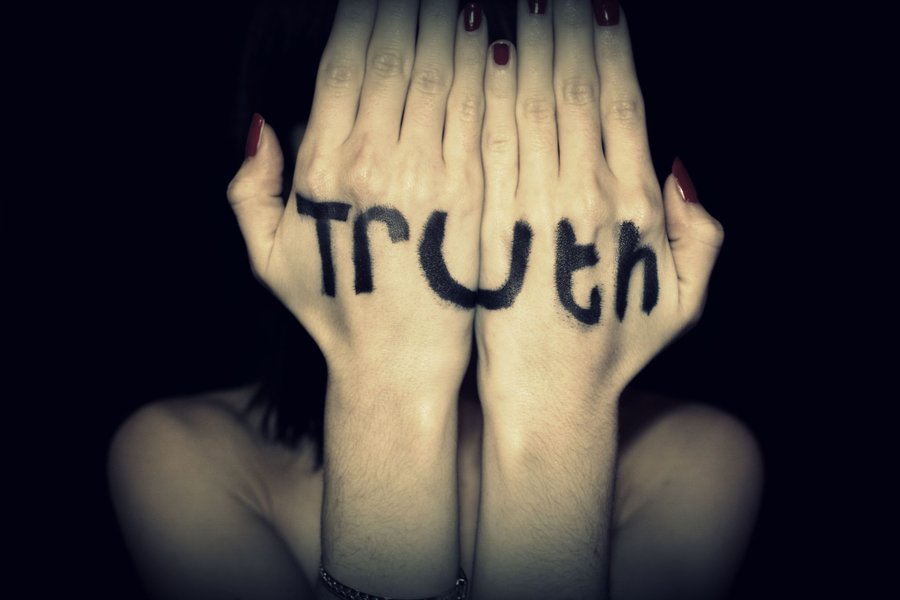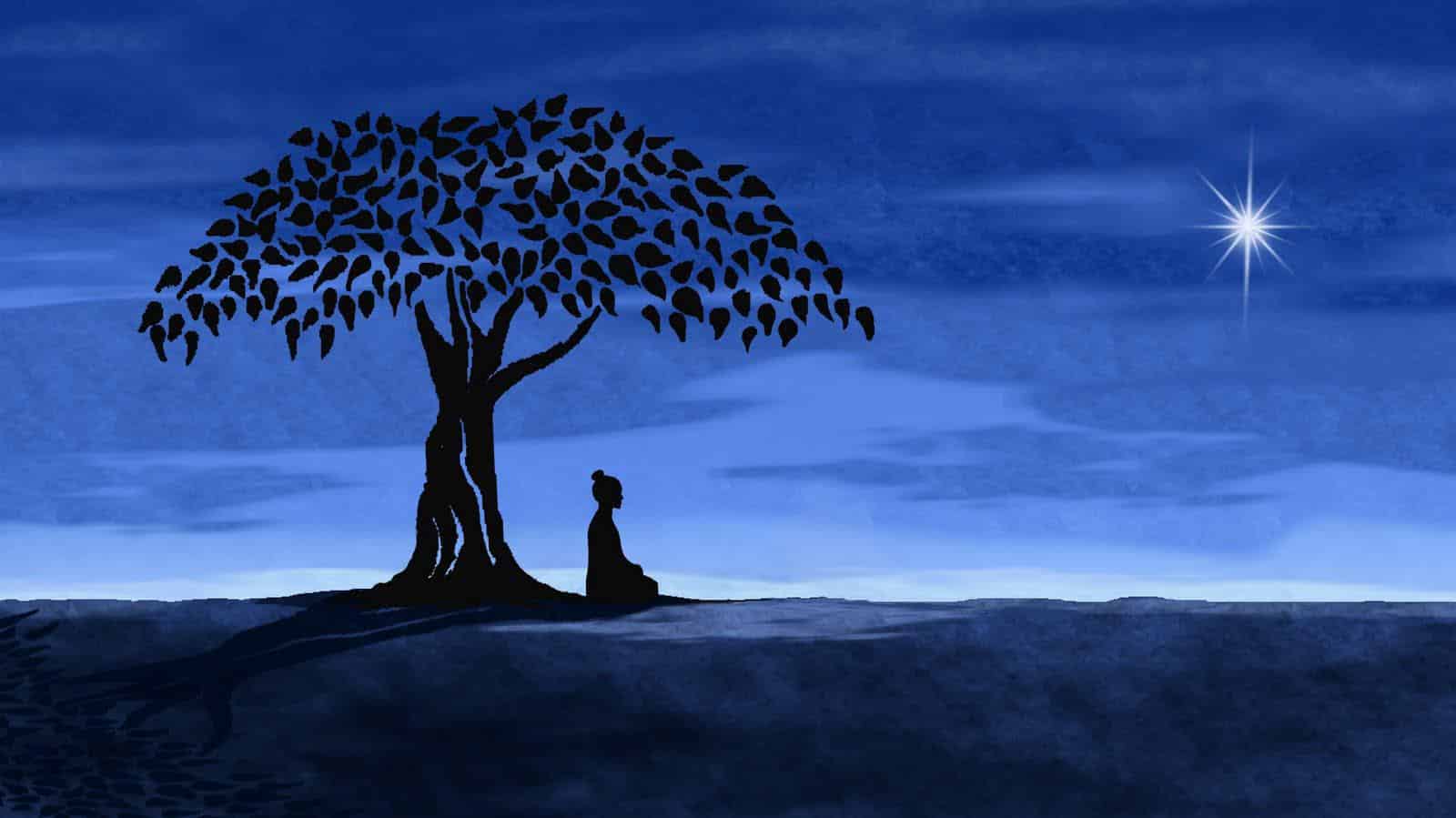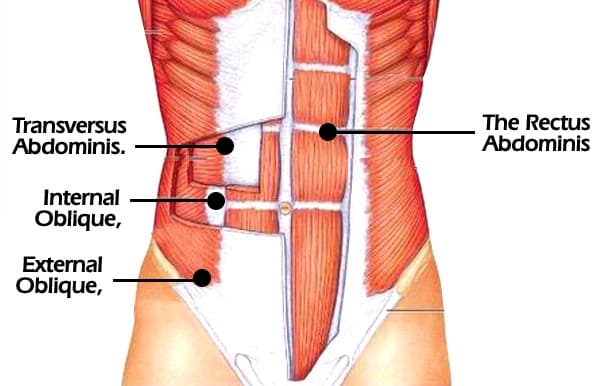Dharma
The concept of Dharma is elusive to describe due to the complexity of the concept; it does not translate directly into english and is a complex esoteric Indian term to describe a vocation, calling, or path of righteousness that an individual follows in life. This extends out to the dharma of the world as a … Read more

